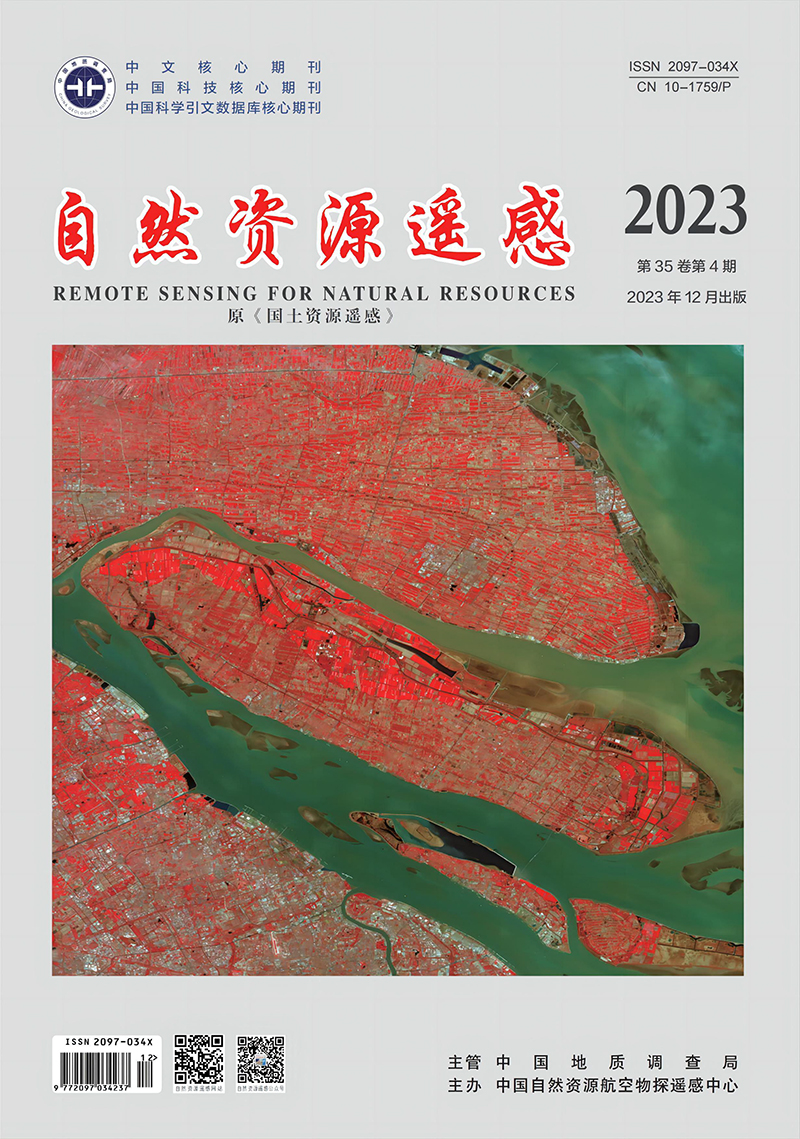| Citation: | LI Xintong, SHI Lan, CHEN Duoyan. 2023. A deep learning-based study on downscaling of GPM products in Fujian-Zhejiang-Jiangxi area. Remote Sensing for Natural Resources, 35(4): 105-113. doi: 10.6046/zrzyyg.2022270 |
A deep learning-based study on downscaling of GPM products in Fujian-Zhejiang-Jiangxi area
-
Abstract
A timely and accurate assessment of the spatial precipitation distribution holds great significance to the development of the national economy. At present, most remote sensing-based precipitation products improve their accuracy using multiple regression models and physical models rather than deep learning models. This study improved a long short-term memory neural network (LSTM) deep learning model, yielding an optimized LSTM deep learning model. With the Fujian-Zhejiang-Jiangxi area as the study area, this study conducted downscaling for an integrated multi-satellite retrievals for global precipitation measurement (IMERG) product based on the daily precipitation data of 69 meteorological stations from 2015 to 2019 by introducing multiple factors controlling precipitation such as vegetation, slope aspect, slope gradient. Finally, this study assessed the reliability of the optimized model through verifications based on high-density meteorological stations and individual years. The results show that the downscaling results are consistent with the spatio-temporal distribution of precipitation measured at meteorological stations and, thus, can better reflect the spatial distribution of precipitation in the study area than the original IMERG. Furthermore, underestimated and overestimated precipitation data of the study area from the GPM product were corrected. As indicated by the verification based on high-density meteorological stations, the downscaled model yielded correlation coefficients of 0.9 or above for July and October, which were followed by April. The correlation coefficient was the lowest of 0.7 in January. As shown by the verification based on individual year data, the correlation coefficient between the daily precipitation downscaling results and the measurement results in 2020 was above 0.8, with a root mean square error of 5.23 mm and an average relative error of 9.43%. Therefore, the deep learning-based downscaling model enjoys high accuracy on both daily and monthly scales and can be widely applied in the assessment of both spatial and temporal precipitation distributions.-
Keywords:
- Fujian-Zhejiang-Jiangxi /
- Poyang Lake basin /
- precipitation /
- downscaling /
- deep learning
-

-
Access History





 DownLoad:
DownLoad: